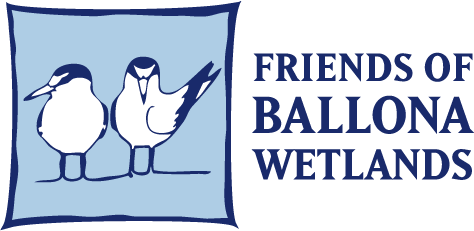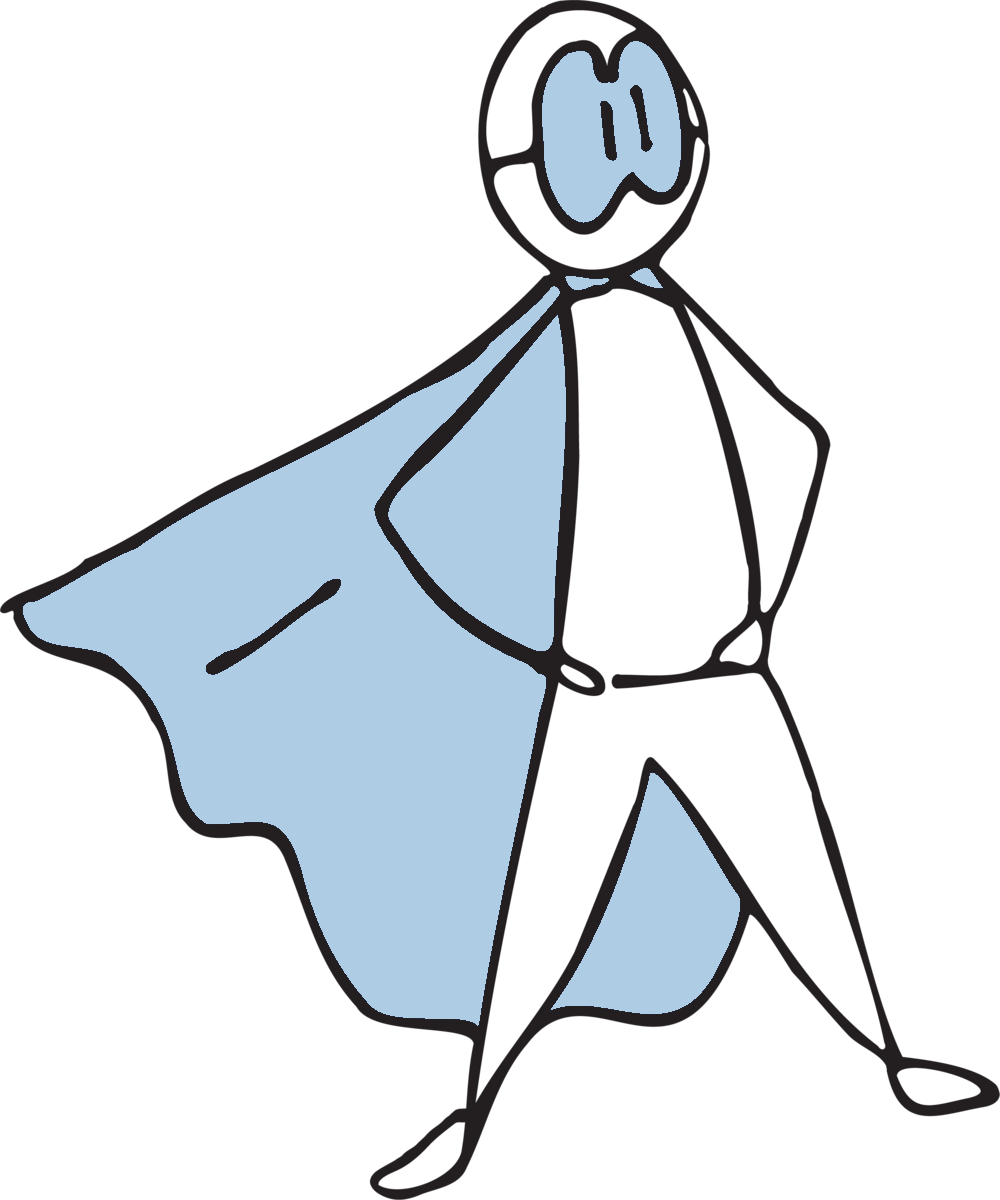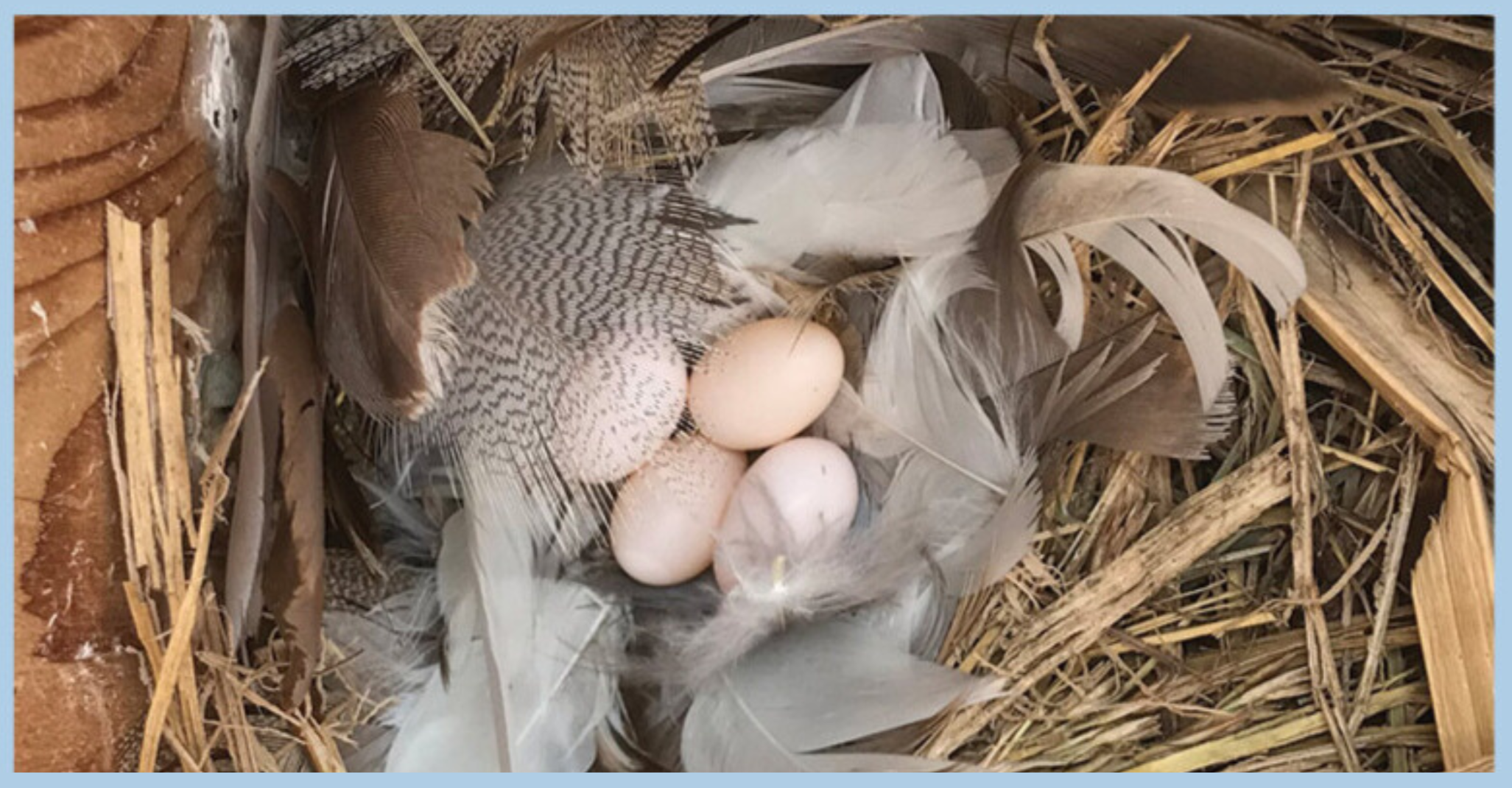Our success is powered by your generosity
Thank you for making our achievements possible! Your continued support is not only appreciated but crucial in sustaining the positive changes we've collectively achieved. Together, let's keep the momentum going and make an even greater impact in the year ahead.
“Ballona Wetlands is important because it is home to so many wild animals, birds, insects, and plants.”
- Explore Ballona! Nature Camper
Dear Friend of the Friends,
Forty-five years ago, Ruth Lansford took a bold stand to protect the Ballona Wetlands. Today, your support fuels our ongoing mission, and we are thriving.
This year, our Explore Ballona! program engaged over 9,000 young learners – a 30% increase from last year! We also expanded our conservation efforts, restoring two more acres of habitat and planting more than 1,200 new native plants.
Collaborating with Councilwoman Traci Park, we addressed the humanitarian and environmental challenge posed by the encampment on Jefferson Blvd, which has taken a toll on the land and the Ballona Freshwater Marsh. Recovery is a journey, but we’re committed to it and look forward to reopening the Jefferson Trail soon.
While opinions may vary regarding the scope and necessity of the restoration project, the facts are undeniable: robust science-based restoration is essential to the preservation of this critically endangered habitat.
Your support not only protects Los Angeles’ last coastal wetland, but also transforms young lives through immersive experiences. We encourage you to become a sustaining donor today. Sustaining donations create a stable foundation for our work and allows us to maximize each dollar to ensure your donations make a lasting impact throughout the entire year.
Your commitment matters.
Thank you for being a true friend to the Ballona Wetlands.
Scott Culbertson
Executive Director
Dr. Kenneth Dial
Board of Directors President
Educating Tomorrow’s Allies
“Thank you for taking us exploring the Ballona Wetlands! We enjoyed our time there and we appreciated your hard work! All students learned a lot about plants and adaptations. It’s a great field trip!”
- 4th Grade Teacher from a Partner School
One of the joys of Explore Ballona! educational programs is the growing relationship students have with the wetlands and the Friends of Ballona Wetlands staff. At all of our four Partner Schools, for example, we serve every grade level from kindergarten through 5th grade. When staff members traverse campuses for pre- and post- field trip lessons, we hear choruses of “Hi! You’re the wetlands people! When are we going again?” We get to see their smiles as we assure them they’ll be doing their favorite activities again soon — like tasting native pickleweed and using binoculars to scout fauna — and their next field trip will include new adventures! Recently, a student on their 4th grade field trip showed us the soapstone necklace they had carved as part of their 3rd grade field trip and saved as a treasured memento of their time at Ballona Wetlands. It goes to show just how special these experiences are for the students. And inspired students become compassionate future stewards!
A 2nd grade teacher told us how her students were coming in from recess covered in pollen. She learned they were playing a “Pollinator Game” they made up after learning about pollination through our Explore Ballona! Education Program. We are sorry for the bees who were puzzled by the large pollinators disrupting their meal, but glad to see the concepts learned taking root.
Jefferson Trail Rehabilitation
At the beginning of the pandemic, Jefferson Blvd. adjacent to the Ballona Freshwater Marsh went from a handful of RV’s to a full-blown encampment. The impact on the land and marsh was devastating. For the next three years, we invested thousands of hours working toward a solution.
Finally, last December, we found an ally in newly elected Councilwoman Traci Park, who promised to protect the Ballona Wetlands. She was impassioned to move the residents in RVs and camps off the sensitive ecological habitat and into housing.
This summer, after months of careful planning by the councilwoman, her team, and several city agencies, 3,000+ feet of Jefferson Blvd. along the Ballona Freshwater Marsh were cleared, and hundreds of tons of debris removed.
All encampment dwellers were notified before the scheduled date that their vehicles would be towed if they did not move. As with every City of Los Angeles’ CARES+ Clean-Up, Los Angeles Homeless Services Authority was on-site to offer people housing.
We are now working with the Ballona Wetlands Conservancy to rehabilitate the Jefferson Trail. We are grateful to the Councilwoman and her staff, EcoKai Environmental, Friends of the Jungle, and every community member that stepped up to protect Ballona.
Sadly, tons of mature native trees and plants were destroyed, along with fencing, educational signage, and benches. It will cost hundreds of thousands of dollars and take decades for the marsh to recover fully from the damage. There is much work still to be done, but once the repair is completed, the Jefferson Trail will reopen for all nature lovers to enjoy soon.
Volunteers Make A Difference
Making such a big impact with a small staff is possible only because of our amazing and dedicated volunteers… volunteers like Leonie, this year’s Volunteer of the Year!
A dedicated docent since early 2022, Leonie shared what inspired her to get involved with the Friends and why she continues to support our efforts.
“My husband and I moved to Playa Vista and discovered the Ballona Wetlands. We became interested in birds and went on some bird-watching tours through the Saltwater Marsh and the Freshwater Marsh. As L.A. shut down for Covid in March 2020, I was diagnosed with breast cancer. The Ballona marshes and the Bluff Creek trail became my outdoor sanctuaries. The wetlands helped me heal. I visited every day that year.
“I later learned that the wetlands needed protection and restoration, and I wanted to help. I became a docent so I could help other people fall in love with Ballona, and protect and support this valuable, beautiful natural resource.”
Thank you for your generosity, Leonie! We couldn’t have provided hundreds of community tours and accomplished all we have without the support of donors and volunteers like you!
Ongoing Restoration
“It was the best of times, it was the worst of times.” Walking through our Riparian Restoration area, Charles Dickens' famous words echoed in our minds throughout the year. This winter’s record-breaking rains fed our thirsty young willow stakes, and we saw shades of green we’ve been missing for decades! But oh boy did invasive weeds like the rain too—more invasive weeds than we’ve ever seen! Thankfully, the community (you!) came through, with grant funding from the California Coastal Conservancy backing our efforts. Hundreds of amazing volunteers lent a hand at our community restoration events, pulling weeds, planting plants, and learning about our native ecology. Our habitat restoration interns provided much-needed support, and now we’re really starting to see a beautiful abundant woodland take shape. 1,200 native plants were added this year into our restoration area, and four huge non-native palm and pine trees were removed. Some of the willows, mulefat, and cottonwood trees we planted are already taller than our staff, and we can’t wait to see what the future will bring. What’s that? More rain, thanks to El Niño? Bring it on!!!
Tree Swallow Soap Opera
We began our Tree Swallow banding project in 2020 to study the population. How many swallows return annually? Where do they come from and where do they go? Do they use the same nest box? Keep their mate? The bands reveal a saga fit for TV…
Last season, three nests and a few stray chicks fell victim to a gopher snake. This year we installed guards on all the boxes and not a single nest was touched!
Meanwhile, two strangers moseyed into town, and their bands confirm they hatched at the San Joaquin Marsh. We dream of the day when someone reports our birds thriving elsewhere! The bands also show that some pairs are monogamous, while others lose their mate and must re-pair.
One couple shared a nest box four years in a row. Sadly, this decade-old box was no match for Hurricane Hilary and was one of sixteen we replaced or repaired this year. Will a new box respark romance for the lovers, or force them to go separate ways? Another pair used their box for three years, until the male was unfaithful two boxes down! The female wouldn’t stand for this and left Ballona. Gone forever, or will she return? Perhaps with a new mate of her own?
Ultimately, the tree swallow population at Ballona is growing. Four birds we banded in 2020 and eight from 2021 remain in the population, including one hatchling from each year. This year, six hatchlings from 2022 returned! The wet year led to a boom in prey for adults to feed their young, resulting in the most eggs laid to date and the most chicks to fledge the nest attempting the migration to Mexico. How many return next year? Stay tuned!




























